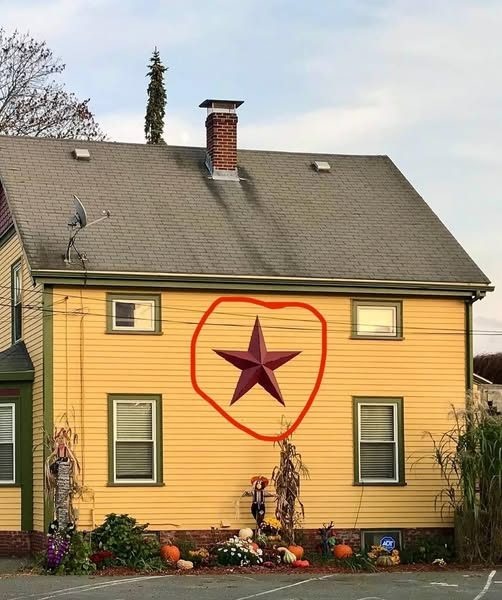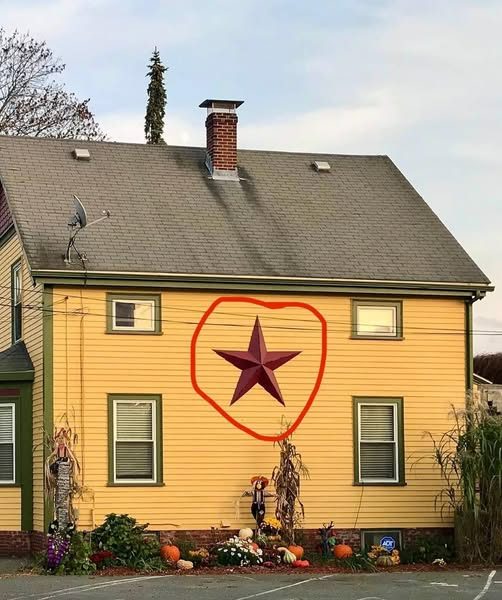The True Meaning Behind “Barn Stars”
You might see them painted or crafted from metal, and sometimes they’re replaced with hex signs or quilt block patterns. These symbols are not just decorations—they hold a deeper meaning that may surprise you.
A common decorative element found above barn doors is the “barn star.” While it might seem like just a quaint addition, its origins and purpose are deeply rooted in the traditions of German-American farmers.
Barn Stars: Protection and Fertility
German-American farmers believed barn stars held great importance. These stars were placed atop barns to ward off evil or to promote prosperity and good harvests. Interestingly, the color of the star often carried specific meanings.
For instance:
A green barn star symbolized fertility and thriving crops.
Blue or black barn stars were meant to protect the farmer, their family, and their possessions.
A brown barn star represented friendship and connection.
The tradition dates back to the 1830s, when the first barn stars were used. Over time, these stars have evolved into a trendy decorative symbol, but their origins lie in German folk art brought to the United States.

A Rich History Rooted in Tradition
The Amish, known for their simple and traditional lifestyle, have helped preserve many cultural practices, including the use of barn stars. However, it’s important to distinguish between barn stars and hex signs, as both have different origins and meanings.
Patrick Donmoyer, director of the Pennsylvania German Cultural Heritage Center at Kutztown University, explains that hex signs often appeared in other contexts, such as marriage certificates to bring good luck to newlyweds or grave markers to guide the deceased toward peace in the afterlife.
While barn stars were initially tied to agricultural life and not necessarily associated with supernatural beliefs, hex signs became popular nearly 100 years later, evolving into a separate cultural symbol.
The Evolution of Hex Signs
Hex signs, which are sometimes mistaken for barn stars, were popularized by Wallace Nutting, a New England artist who visited Pennsylvania Dutch Country in 1924. Nutting misinterpreted the original quilt patterns or barn stars, adapting them into what we now know as hex signs.
By the 1950s, these patterns had undergone numerous transformations and became a hallmark of Pennsylvania Dutch tourism. Despite the confusion, both barn stars and hex signs reflect the creativity, hard work, and traditions of a community with a rich cultural heritage.
A Universal Tradition of Protection
The use of symbols to protect homes, ward off evil, and bring prosperity is a universal practice found in many cultures.
For example, the Om symbol in Hinduism and Buddhism is often used to protect individuals during meditation and spiritual practices. It represents the balance between peace and the challenges of life, purifying the mind and body.
Similarly, barn stars embody a tradition that blends cultural identity with spiritual protection, reminding us of the enduring power of symbols in human history.

Conclusion
Barn stars are far more than simple decorations; they are enduring symbols of cultural heritage, protection, and hope. Rooted in the traditions of German-American farmers and shaped by centuries of folklore, these stars reflect a deep connection to nature, family, and community. While their meanings have evolved over time, barn stars continue to represent creativity, resilience, and the timeless human desire to safeguard our homes and loved ones.
Their legacy, much like other cultural symbols around the world, reminds us of the universal language of protection and prosperity—a language that transcends borders and generations, keeping traditions alive in modern times. Whether as a nod to history or a symbol of good fortune, barn stars hold a special place in both the past and present.

















